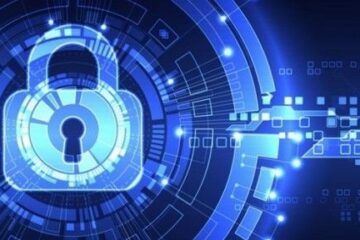Introduction
The Internet of Things (IoT) is the latest innovation in information and communication technology. The world has already started to reap the benefits of IoT Technology. Some of the prominent use-cases include: Smart homes, fitness and health management, Smart vehicles, Smart agriculture, Smart industry etc.
Most IoT solutions are vertical “all-in-one” solutions: IoT devices, gateways, cloud services, and the apps themselves. This has served the market well till now during the early IoT (previously named M2M) phase but is the opposite of the way forward; the horizontal IoT platform architecture.
This horizontal IoT platform architecture opens a direct passageway to the Horizontal model of business growth.
Architecture for Digitization
The Traditional/ Vertical Approach
Traditionally, technology solutions were built with siloed/ vertical architecture, where M2M devices/ data loggers, gateways, cloud services and apps were tightly coupled for optimization and quick service delivery. This has served well for the past decade, but now designers and engineers have started to realize that siloed architectures are very hard to scale, hence the Horizontal Architecture is being used.
The vertical model focuses on providing for the demands of one specific industry while the horizontal model can expand its services and products to multiple industries and therefore reach a wider range of business segments. The vertical scaling approach can be simplified as adding more power to your existing machine, while in the horizontal scaling approach, more machines are added to your network to share the workload.
The Horizontal Architecture Approach
The onset of Digital Transformation has opened huge potential for Smart City, Smart Industry, Smart Utilities and Smart Transportation etc. It became imperative that new architecture shall be devised to build more resilient and horizontally scalable solutions with inter-operable components, uniformity in data representation, processing, interpretation.
A horizontal architecture allows multiple providers to work with a common framework by matching hardware devices from different manufacturers with a single application, thus enabling rapid growth and innovation in businesses.
It allows communication and resource exchange to happen at high speed, which is why it is more suitable to handle the explosion of IoT devices and services. Horizontal development also provides open connectivity, improved security, scalability, and flexibility.
Benefits of Horizontal System
- Exponential growth: Achieve economies-of-scale with well-defined horizontal architecture that can be expanded horizontally to multiple use-cases.
- Standardization of components and stacks
- Interoperability between hardware components.
- Inter-communication between components.
How will Horizontal systems improve the ecosystem?
The key problem that comes with the volume deployed of IoT devices is cyber-security. A number of devices from multiple providers are connected to the web, which makes them vulnerable to evolving cyber security risks. The security needs to be imbibed in complete architecture and not last-minute patch work.
For IoT devices
- Enable Secure boot.
- Provide Trust stores for safe storage of credentials.
- Provide cryptographic protection to the data at-rest, in-transit and in-use.
For Cloud
- The access & identity management shall be well defined and audited.
- The data at-rest, in-transit and in-use shall be secured.
- WAF and DDOS shall be provisioned.
- Security vulnerability shall be audited frequently.
- Conduct parodic Threat and Risk Assessment of the system.
Role of M2MLogger
The potential of the Internet of Things is enormous and the choice of vertical or horizontal approach in developing applications is essential. By choosing the horizontal approach and business model, businesses can maximize the value of IoT investments and reap huge benefits.
M2MLogger has been involved in the design and development of Horizontally scalable IoT devices platforms and ensuring seamless integration with the systems of the company.
If you are an IoT device manufacturer or a technology service provider – we will be happy to collaborate on developing future ready products.


